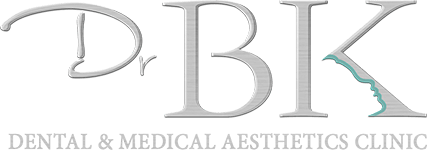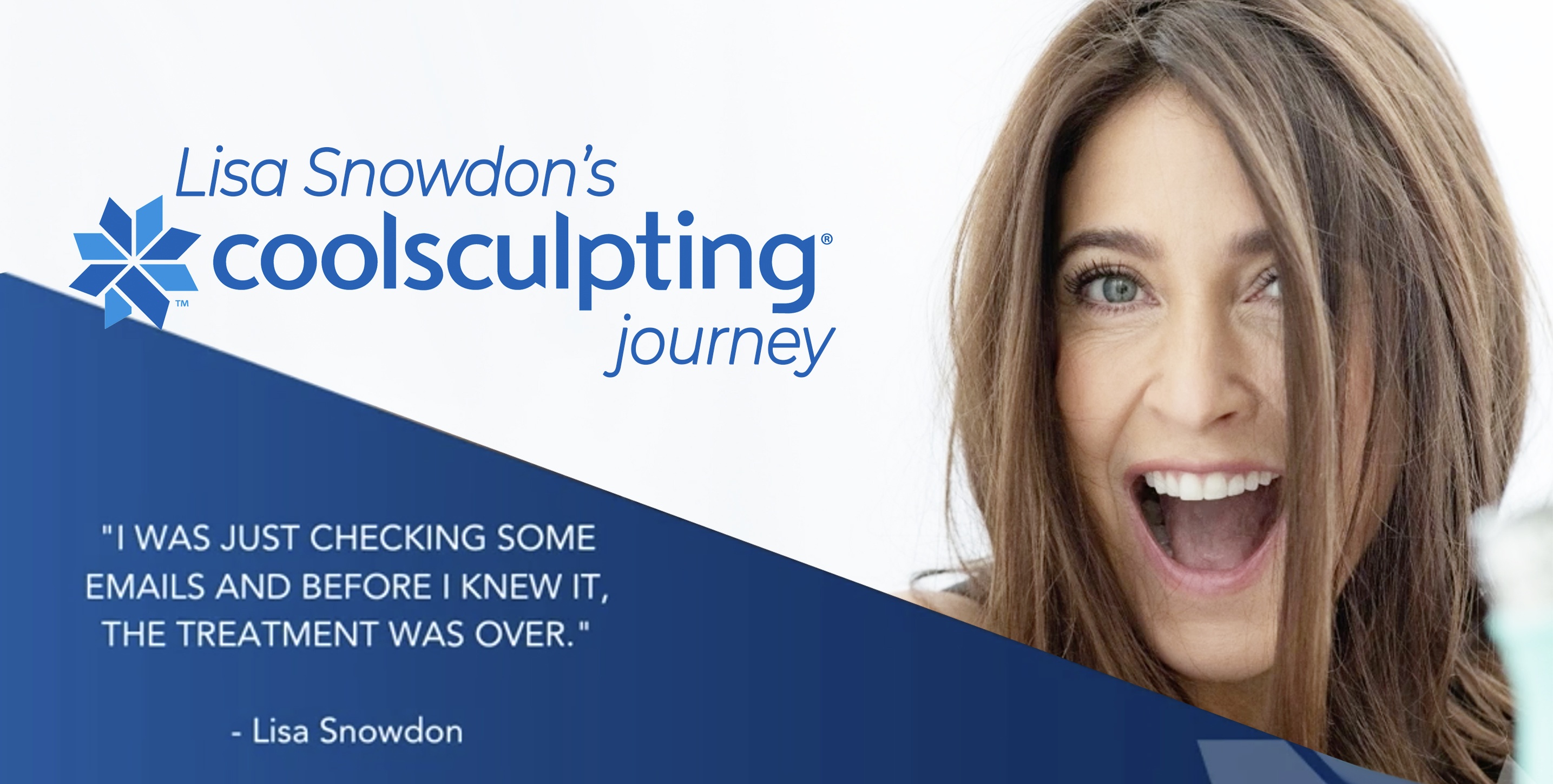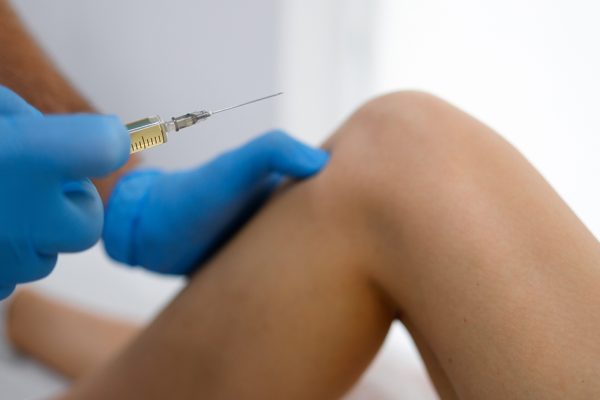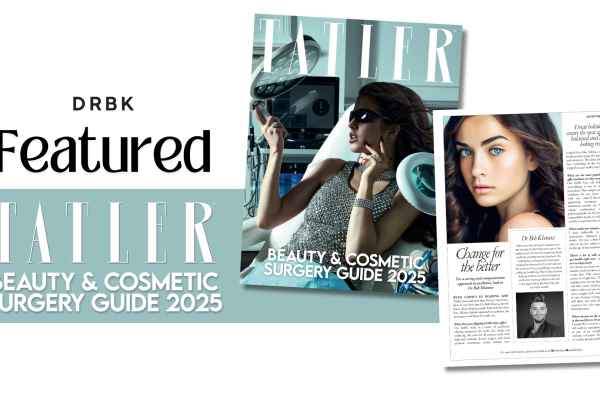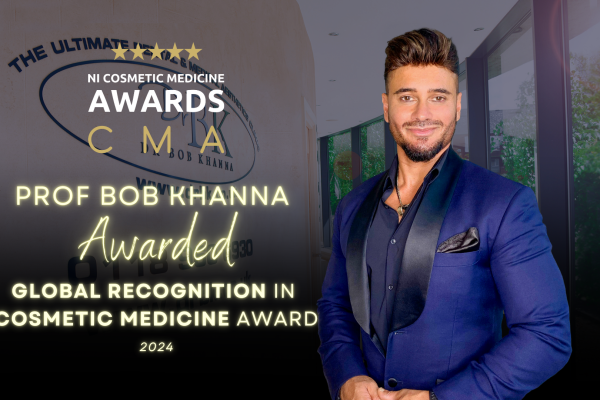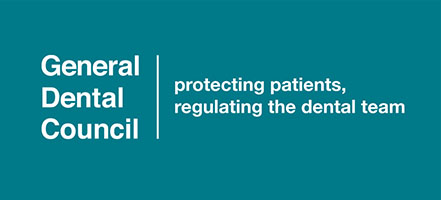
Fat Reduction with Coolsculpting
Permanently Freeze Away Unwanted Fat Cells
Coolsculpting ® is the #1 non-invasive fat freezing procedure in the world, with over 8 million treatments carried out worldwide. It’s the only fat freezing treatment in the world that’s FDA-cleared and clinically proven to permanently eliminate unwanted fat cells that diet and exercise alone have failed to shift.
We are a doctor-led clinic, so your fat freezing treatment will be carried out by a healthcare professional who will be able to answer any questions you may have, however you can view the most commonly asked questions about Coolsculpting further down the page.
______
Pricing | From £473 per area
Price dependent on number of cycles booked
The Benefits of Coolsculpting®
→ Permanent results in 1-3 months
→ No surgery, no needles, no downtime
→ Over 8 million treatments performed worldwide
→ Coolsculpting is the only FDA approved fat freezing system
→ Treat any area
Available Treatment Areas
(Subject to assessment/consultation)
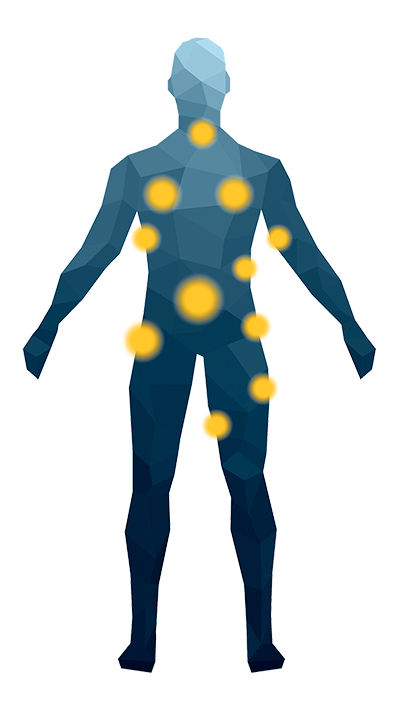
-
- Stomach
- Chin
- Chest
- Lower back/flanks (“love handles”)
- Inner thighs
- Outer thighs
- Upper arms
- Axillary puff (bra area)
- Upper back
- Buttocks
The Science Behind Coolsculpting®
Coolsculpting uses controlled cooling technology to target unwanted fat cells and crystallise (freeze) them. Following treatment, the crystallised fat cells will gradually be eliminated over the course of the next few weeks and following months. As the unwanted fat cells are eliminated, the remaining fat cells condense, reducing the fat layer.
When we are born, we are born with all the fat cells we will have in our lifetime, therefore once the targeted fat cells have been eliminated, they are gone for good.
The procedure is designed to reduce stubborn fat cells that do not respond well to diet and exercise (i.e. “bingo wings”, “double chin”).
Real Before & After Results
Results vary per person.
The specified slider is trashed.
Frequently Asked Questions
Who is ideal for Coolsculpting?
Coolsculpting is not a weight-loss procedure, but more of an assistant to help elevate you beyond your personal best. Therefore, ideal candidates for Coolsculpting are those who lead a relatively healthy lifestyle but find that they have certain pockets of fat that they are unable to shift through exercise and dieting. For example, the most popular and effective areas for treatment are under the chin (“double chin”), arms (“bingo wings”), thighs, abdomen and flanks (back fat).
You should not have the CoolSculpting® procedure if you suffer from cryoglobulinemia, cold agglutinin disease or paroxysmal cold haemoglobinuria.
Does Coolsculpting actually work?
In short – yes. Coolsculpting is the only fat-freezing procedure that is approved by the FDA. It has been clinically proven to permanently reduce fat cells in a single area by up to an average of 25%. You may need multiple sessions to achieve your desired outcome.
Where do the fat cells go?
Once the treated fat cells are crystallised (frozen), they are destroyed and are naturally processed and eliminated from the body over the course of the next several weeks.
Is it a quick fix?
No. We would not recommend Coolsculpting to those looking to lose a vast amount of unwanted fat in a short time period. As stated before, Coolsculpting is not a weight-loss procedure. It targets stubborn pockets of fat that diet and exercise have failed to shift, and slowly dissolves them over a 1-3 month period.
Is Coolsculpting temporary?
No. Once the fat cells in an area have been treated, they are gone for good.
So does this mean I will never put on weight in that area again?
Not necessarily. We are born with all the fat cells that we will ever have in our lifetime. Whilst we are able to permanently remove a number of fat cells, future weight gain could make the remaining fat cells in that area larger, but any additional weight gained would be more evenly distributed across your body and not concentrated in the problem area as previously. Maintaining your healthy lifestyle is important for long-term results.
What does Coolsculpting feel like?
As the name suggests, the CoolSculpting® procedure can be a little chilly. As the cooling begins during the first few minutes you typically feel intense cold. Because most applicators use a vacuum to draw fatty tissue into the applicator cup, you may also feel some pulling, tugging, and/or mild pinching as the applicator is applied. This should soon dissipate as the area goes numb.
After the treatment, you may feel some discomfort, sensitivity and tingling as the area is firmly massaged. Some patients may experience swelling, tenderness and/or bruising in the treated area for up to two weeks after the procedure. Numbness can also persist for a number of weeks however in most cases, patients are still usually able to return to normal activities following their treatment.
When will I actually start seeing results?
Most patients see results between 1 and 3 months following treatment. However, you will still continue to flush out fat cells for up to 6 months after treatment.
Is Coolsculpting safe?
Yes. As a leading non-invasive fat-reduction treatment worldwide, CoolSculpting® has a well-established safety and efficacy profile. CoolSculpting® systems are controlled cooling devices designed with built-in safety measures. If sensors detect that the skin is getting too cold, the system will shut down automatically.
Can Coolsculpting go wrong?
Though rare, there are some additional side effects, including paradoxical hyperplasia. Paradoxical hyperplasia is a rare complication of CoolSculpting that gets its name from the unexpected, paradoxical result: overgrowth of fatty tissue. This complication is extremely rare, with a worldwide incidence of 0.0051%*. Whilst we have never experienced this complication at DrBK, we will always inform you of any possible risks and complications so that you can make an informed decision.
As with any medical procedure, your physician will be able to determine if the CoolSculpting® procedure is right for you.
*Paradoxical Adipose Hyperplasia After Cryolipolysis: https://www.ncbi.nlm.nih.gov/pmc/articles/PMC4171727/
